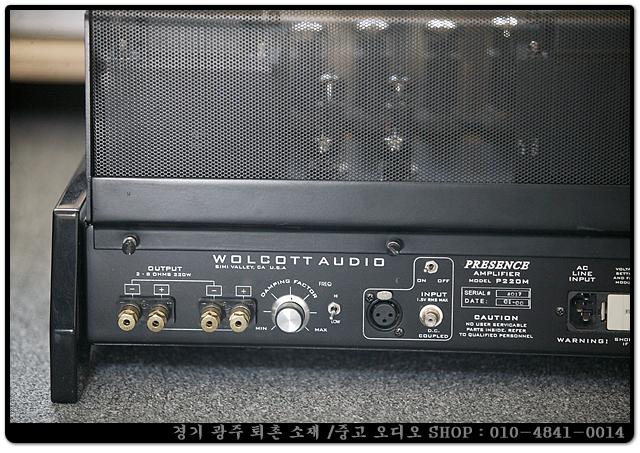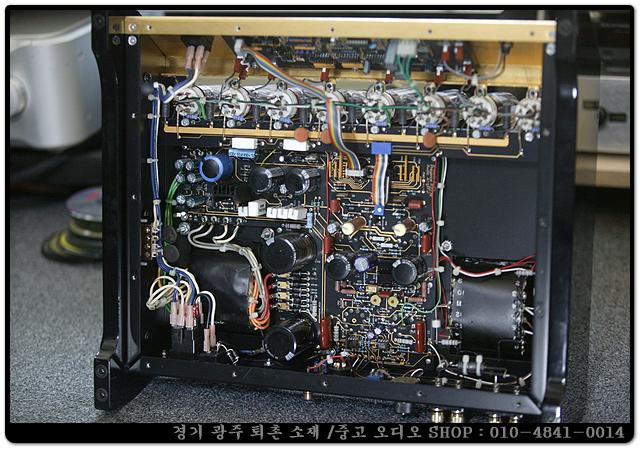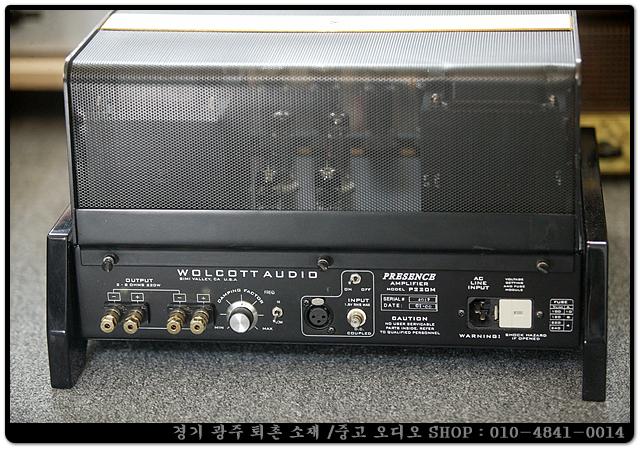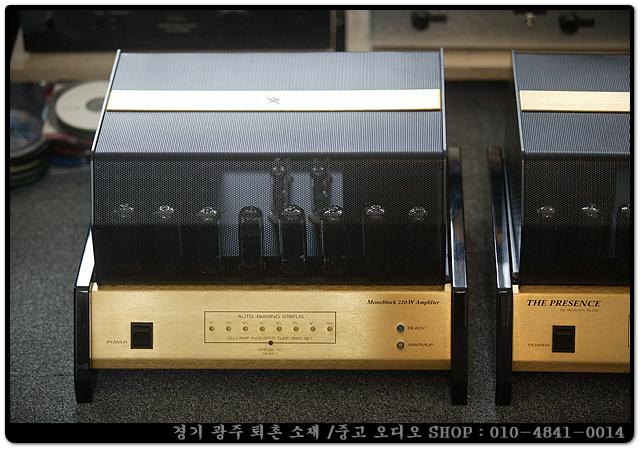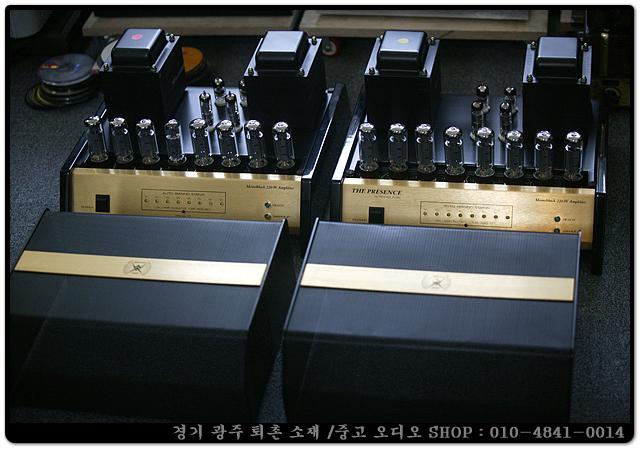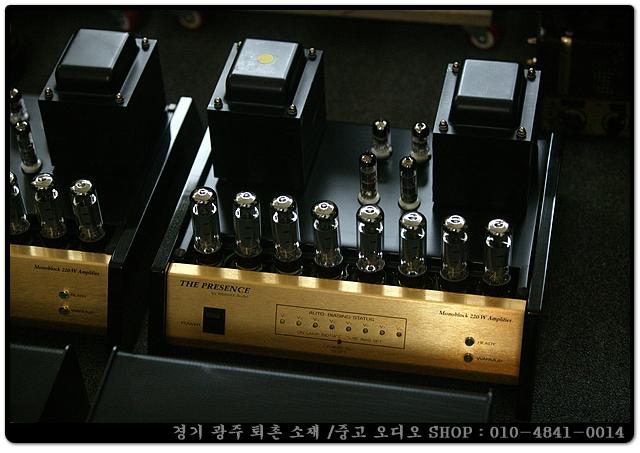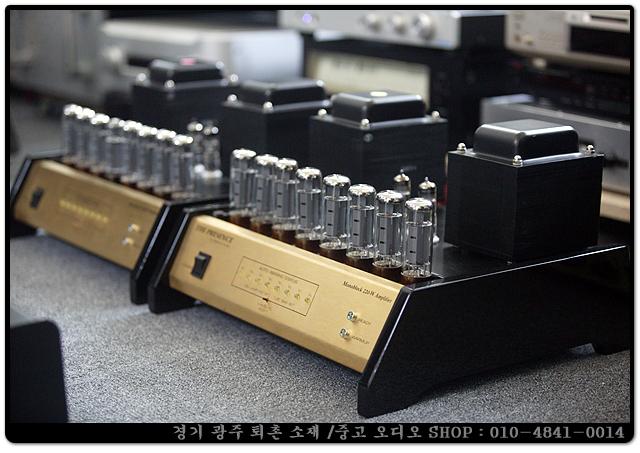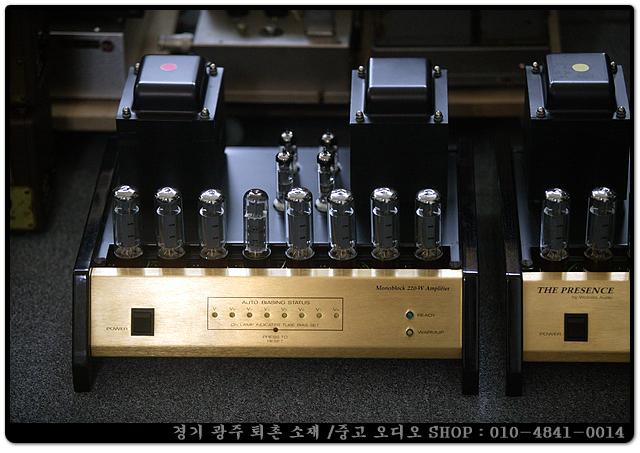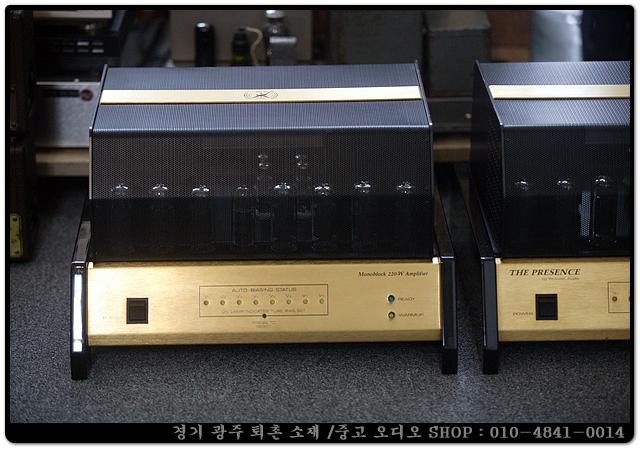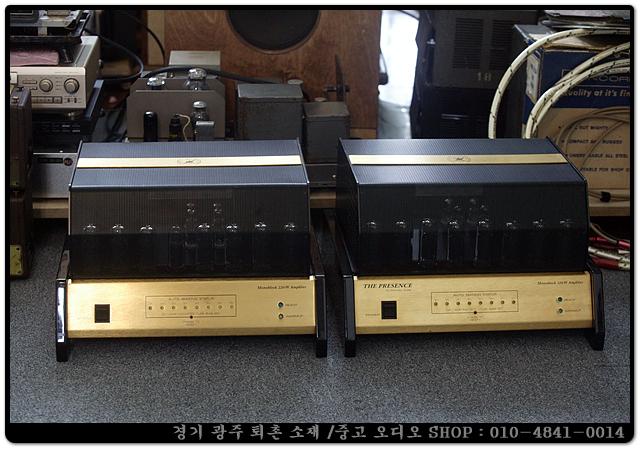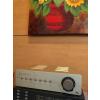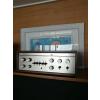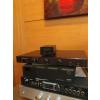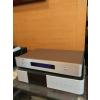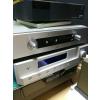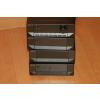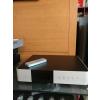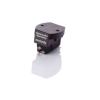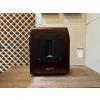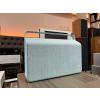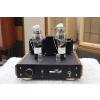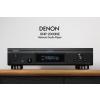PRODUCT DESCRIPTION
back to top
We're strong advocates of vacuum tube amplification.
We think tubes do a lot of things right--superior rendition of depth and ambiance, realistic timbres, lively dynamics, warmth--the usual. But conventional vacuum tube amplifiers, as well as sounding warm and endearing, also do a whole lot of things wrong. Output tube drift, soft top octave, mushy bass, high noise levels, slow overload recovery, plenty of euphonic distortion for that rich fat sound, and erratic frequency response into difficult speaker loads. Much can be forgiven for the sheer musicality of tube designs, but no one can pretend they're close to being perfect.
What if we told you that our very different tube amplifier had highly accurate autobiasing, a nearly infinite damping factor, acted as a pure voltage source into almost any real world speaker load, had a full power bandwidth of nearly 60kHz (3db down point), had distortion below 0.01%, and a signal to noise ratio of better than 100db? What if we told you that you still get shockingly accurate timbres, breath taking dynamics, and amazing sound staging, but that you also get the tautest, most controlled bass you'll ever hear? And what if we told you that you get 220 watts at rated distortion, and almost 300 at the distortion levels of the competition? What if?
We'll admit that on the face of it our claims appear pretty extravagant. But if you understand the nature of the circuit we use the performance we claim isn't extraordinary at all, it's merely the logical result of a fundamentally correct design.
Our circuit is characterized by a unique feedback/ feedforward arrangement, cross coupling within the main gain stage whereby the tubes are operated as complements, and a specially designed output transformer. Each of these design elements is discussed below.
No Cost Negative Feedback
back to top
Negative feedback is held in some disrepute in the high end design community, in great part because of its misuse in the low cost modular op amp circuits placed in cheap offshore power amplifiers and receiver. And in truth it is very difficult to design a high feedback amplifier circuit with good transient behavior. We've developed a technique for doing this, however, and our technique richly merits that much overused word "breakthrough." We circumvent this problem with new topology that eliminates overall global feedback by replacing it with internal feedback which eliminates any instabilities caused by high levels of global feedback.
In order to use large values of negative feedback to reduce distortion in a circuit, the circuit has to produce a lot of voltage gain since gain is invariable lost to feedback. In the normal course of things, increasing gain in a feedback circuit will always require a reduction of open loop bandwidth because the gain of the circuit must not exceed unity at the frequency where the output (and the feedback) approach 180 degrees with respect to the input. Failure to observe this design rule will result in high frequency instability and distortion. Unfortunately, by limiting the bandwidth of the output, one also limits the bandwidth of the feedback and its ability to correct for distortion. Thus the usual high gain, high feedback circuit will be inherently subject to high frequency overload and clipping distortion.
High end designers are well aware of the problems involved in implementing high values of negative feedback, and consequently many attempt to use as little as possible. This approach, unfortunately, is problematic also because even the most linear audio triodes produce several percent of distortion when operated without feedback.
The front panel of the Presence is provided with a unique 3-position damping switch for setting low-frequency and high-frequency damping with a center off position. A min-max control sets the adjustment level.

The LO position can provide enhancement of speaker bass response. The HI position provides a drastically improved transient response for electrostatic speakers.
Simply Stated
back to top
We avoid the usual problems of Global high feedback circuits by taking feedback internally and essentially changing the relationship between feedback, gain, and bandwidth.
We start with an extremely linear balanced input and driver circuit with excellent open loop performance. We then take a low value of feedback from a special wide band winding of the output transformer. We send this negative feedback around both sides of a balanced circuit, and then we apply balanced positive feedback, inside the negative feedback loop. What the positive feedback does is to increase both the driver circuit gain and the overall negative feedback to virtually infinite values, thus making distortion infinitesimally small within the loop.
Now ordinarily such a strategy would result in gross instability, but our designer, Henry Wolcott, arrived at a most ingenious solution to that problem. By adding a second local negative feedback loop that only operates at ultrasonic frequencies, he reduce the main positive and negative feedback values at precisely the frequency ranges where they both create problems. And since the open loop performance of the basic circuit is so good, it generates very little high frequency distortion even without feedback and thus it needs no bandwidth limiting high frequency compensation.
Positive Current Feedback for Infinite Damping
back to top
"Great bass for a tube amp" is the typical sort of faint praise you see in mealy mouthed reviews of vacuum tube products. In fact practically all tube amps have lousy bass simply because their output impedances are so high and their damping factors are so poor. Out amplifier has a zero output impedance and an infinite damping factor, and the bass performance is simply unrivaled by any amplifier tube or solid state.
The zero output impedance in our amplifier is achieved by the use of positive current feedback. We didn't invent positive current feedback, but we're the first to produce an unconditionally stable amplifier using this principle, and that's a major accomplishment.
Set it Up and Forget It
Most tube amps must be carefully rebiased tube by tube on a regular basis. To free our customers from the hassle of rebiasing, we have developed a unique computer controlled autobias circuit for our output tubes which improves power output and bass response, extends tube life, and eliminates the need for costly matched output tubes.
In totol our design represents several man years of development by a group of highly innovative design engineers with deep experience in classical vacuum tube engineering. The result is something unobtainable elsewhere at any price--matchless dynamics, superior rendition of depth and ambiance, minimal load interaction, and an absence of listening fatigue.
Controller Board for the Autobias System
back to top
The digital auto-bias feature is represented by an on-board 8 bit microcomputer that during warm-up or, at any time at the press of a front panel button, sets grid bias on each output tube to the value required to produce exactly equal plate currents of optimum value, provides indication of faulty tubes and eliminates the need for matched stets. The digital circuitry is not in the signal path. When calibration is complete, it becomes inactive and shuts its internal clock off, while maintaining the bias settings in digital storage.

-월코트 오디오 프리센스 400 와트 대출력 모노블럭 파워앰프 입니다.
-다른기기와 절충교환 가능합니다.
-첼로 오디오 010-4841-0014
